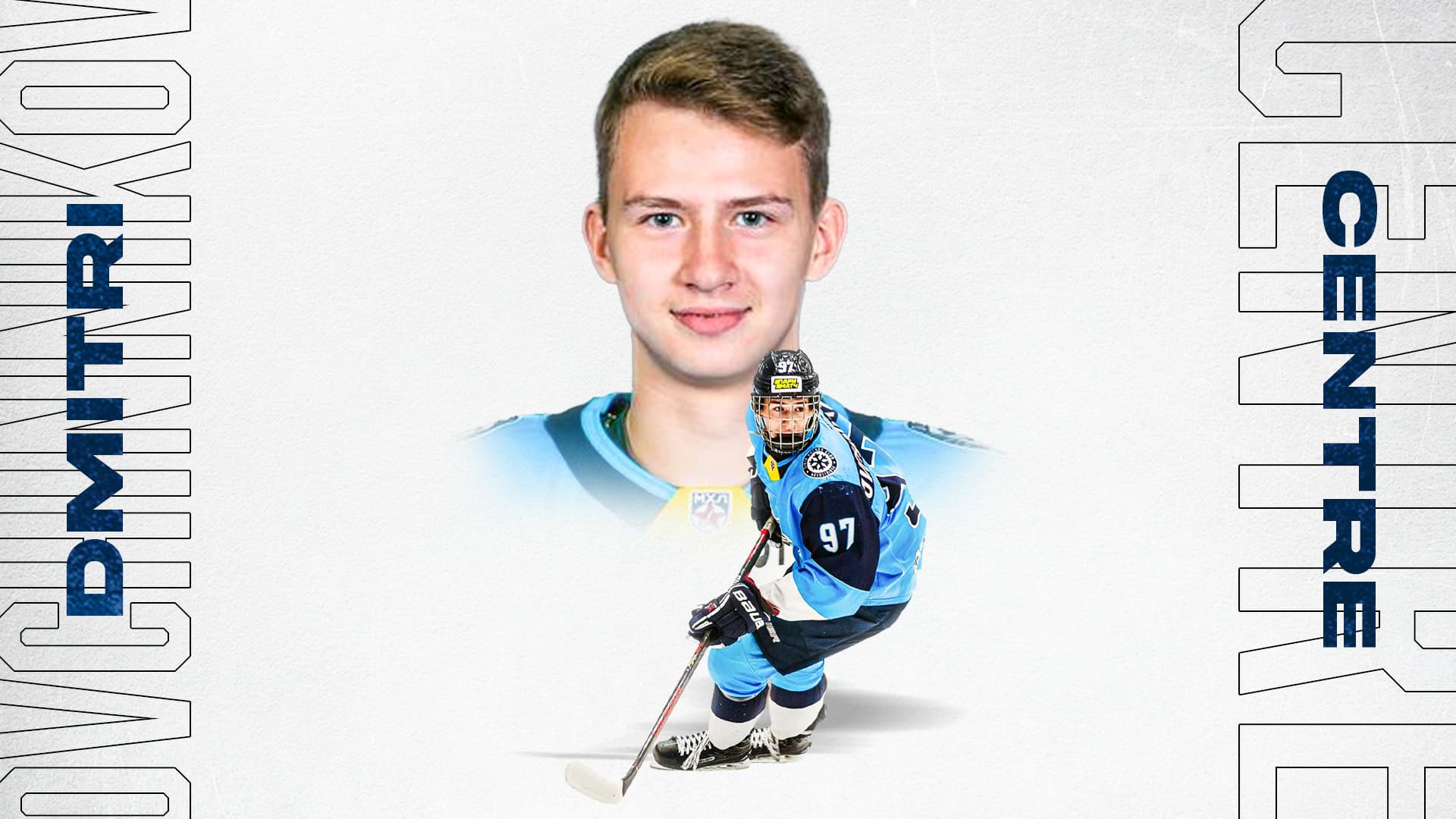The 2021 Top 20 Leafs Prospects: #14 Dmitri Ovchinnikov
Photo credit: Nick Barden
By Nick DeSouza
Aug 24, 2021, 11:43 EDT
Breaking News
- Max Pacioretty exemplifies Maple Leafs’ willingness to sacrifice vs. Panthers
- Ray Ferraro anticipated William Nylander’s huge Game 2 vs. Panthers: ‘Big-game performer’
- Mitch Marner will never forget his first goal as a father: ‘It’s really special’
- 5 takeaways from Leafs-Panthers Game 2: Nylander, Pacioretty lead attack, Woll improves through contest
- Max Pacioretty and the new-look Leafs embody why this could be a different summer
